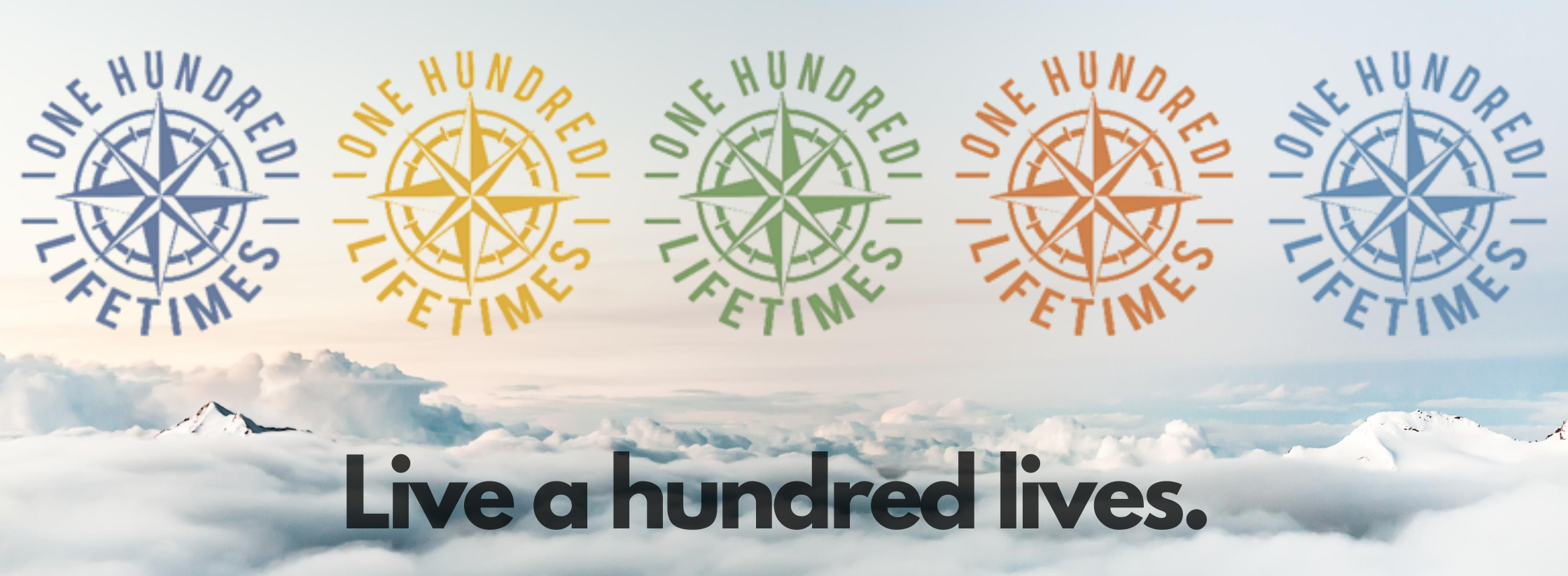Surfing is the quintessential lifestyle sport. What could be more enticing than a life in board shorts on sun-soaked beaches catching glassy blue waves for breakfast? But how to make this California dream a reality?

Start down the path and you’ll soon find it’s not that easy to pick up surfing as an adult. Beginner lessons abound: there must be thousands of gentle beach breaks around the world where you can trade your tourist dollars for two hours on a softboard catching foamies (broken waves). But taking it further is more of a challenge. Most likely, you’ll be on your own as you start to navigate the complex world of rip tides, wave reading and board waxing.

For a sport with a reputation for laid back vibes, there’s also a surprising amount of hostility. At some spots “localism” is so bad that it’s nigh on impossible for intermediate surfers to catch waves. The locals believe they own the break and will “snake” any intruders, that is paddle round them into a priority position near the peak of a wave.
Faced with these considerable barriers to entry, how is the keen but inexperienced inlander to progress on their surfing journey? Enter “Ticket to Ride”, a company offering extended surf coaching trips in some of the best swell locations around the globe. Their signature programme is the South Africa surf instructor course, taking recruits all the way from beginner to qualified surf instructor over a 10-week tour of the country’s best breaks.

I arrived in Cape Town at the end of January, swapping the drab English winter for southern hemisphere sunshine. In the first part of this series, I’ll be sharing my experiences from the opening three weeks of the trip:
Cape Town (2 weeks)
Beaches:

Cape Town was all about getting back to basics. Some of us were completely new to surfing and many of the rest (myself included) had some bad habits that needed ironing out. With that in mind, Muizenberg was the perfect base. A very gentle beach break with clean, low-powered waves, it’s where most Cape Towners took their first tentative steps into the sport. For more of a challenge, check out the higher intensity waves of Blouberg and Noordhoek.
Skills:

If you’re not standing up smoothly, then you’re not going to be doing much surfing. So, it came as no surprise that our first lessons were all about nailing the pop up. Ticket to Ride teaches the method of pushing your chest up with your hands, sliding the back foot into position, and finally lunging forward to plant the front foot. We also covered the difference between a speed stance (bodyweight forward, knees bent) and a turning stance (one step backward, weight over the fins) to begin manoeuvring on the waves.
Rest days:

Cape Town is the most developed city in South Africa, and it feels pretty western. In certain sections, you’d be hard pressed to distinguish it from a prosperous European capital, but the townships (ramshackle slums home to rural migrants) are a different story. The hike up Table Mountain is a must for stunning vistas over the Cape, and the 360-degree rotating cable car is an impressive way back down. Also make sure to swim alongside penguins at Boulders Beach, and drop into Kalk Bay for fish and chips South African style.
Plettenberg Bay (1 week)
Beaches:

After a fortnight in the placid waters of Muizenberg, the Wreck in Plettenberg Bay (Plett) was a major shock to the system. Named for a Greek fishing vessel that sank in the late 60s, this beach break is very aggressive due to the sudden change in depth. With a strong swell and stiff offshore breeze, the waves rise out of nowhere to form towering peaks. On the right day you can get barrelled here, but I spent most of my time nosediving into the washing machine. Further north, you can find something marginally more mellow at Lookout Beach.
Skills:

Ok, so it’s not the most glamorous part of the sport, but I learnt a lot here about paddling out. A small amount of planning can be the difference between getting out the back with dry hair and feeling like you’re going to drown. Top tips: look for the rip currents to pull you out like aquatic escalators, and don’t bloody-mindedly insist on setting off during a monster set. I also started to read waves better in Plett. Close-outs (where the whole wave breaks at once) are best avoided. Far preferable to seek out a peak with a downward slope to the left or right, and turn on the wave accordingly.
Rest days:

Take a hike around the Robberg peninsula for fabulous coastal landscapes, including a hammerhead-shaped island connected to the shore by a walkway of golden sand. You’re guaranteed to see (and smell) the huge colony of seals that call the peninsula home. Staying with the wildlife theme, The Crags elephant sanctuary gives you the chance to feed rescued elephants with baskets of tropical fruit. There’s also Jukani cat sanctuary where you can meet some large and hungry felines. My highlight was getting jumped by a leopard while strolling through its enclosure on a path covered only by a thin metal lattice.
End Note
If you enjoyed reading this article, then you can find the next instalment in the series here. Or, for more surfing stories, check out my posts about Devon and Pembrokeshire.
